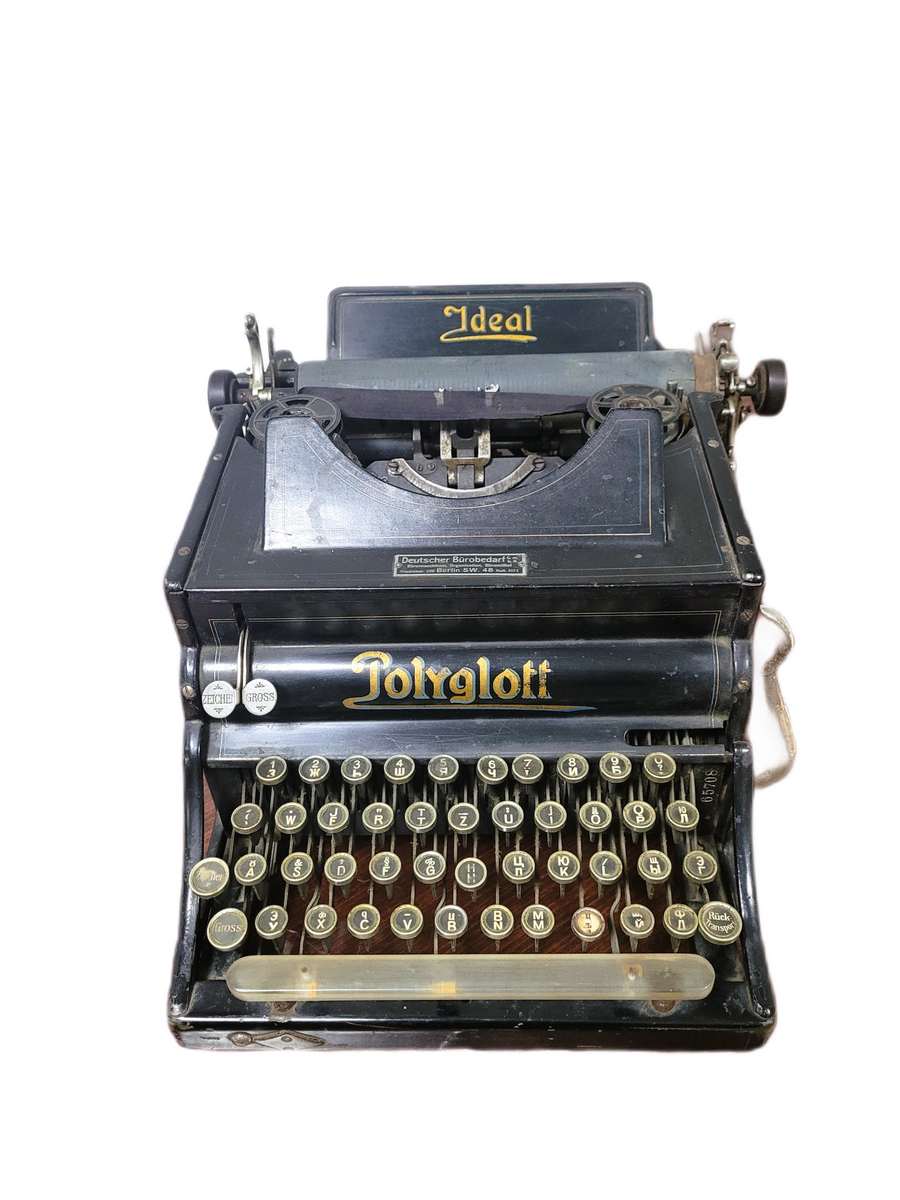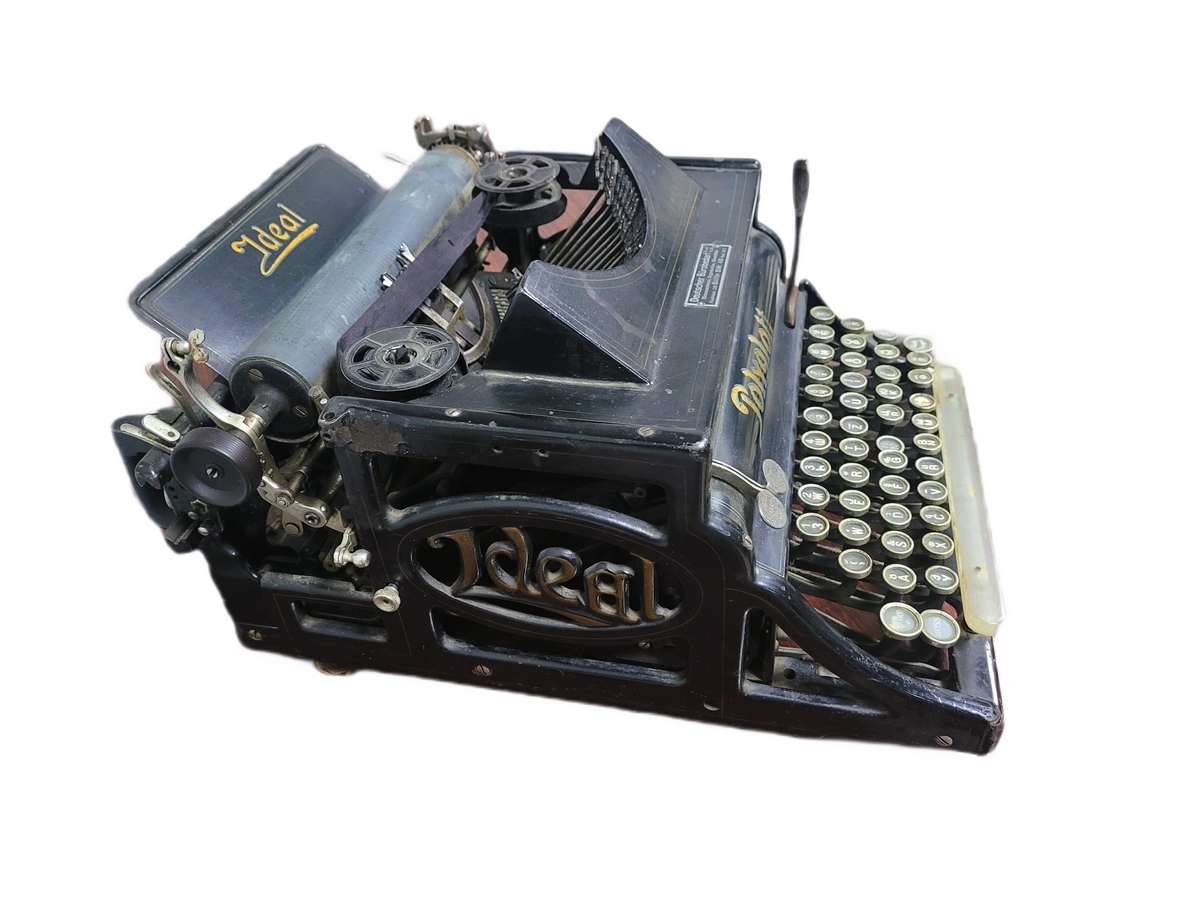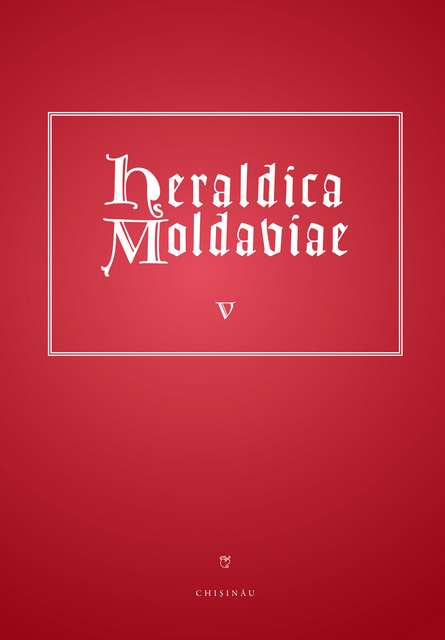Sumar
STUDII ȘI COMUNICĂRI
Plumburi comerciale pentru stofe, descoperite recent la Orheiul VechiAna BOLDUREANU
„Armorialul general al familiilor nobile din Imperiul Rus" ca sursă istorică
Oleg NAUMOV
Un vlăstar ilegitim al familiei de Saxa-Coburg-Saalfeld, născut pe pământ românesc - baronul Friedrich de Rohmann și urmașii acestuia
Drăgan-George BASARABĂ
Însemne heraldice ale Despotatului de Samos în stemele princiare din Țările Române (secolul XIX)
Sorin IFTIMI (†)
Heraldistul maghiar din Transilvania care a finalizat stema României Mari - József Sebestyén Keöpeczi
Attila István SZEKERES
Un proiect de stemă al Republicii Autonome Sovietice Socialiste Moldovenești din 1924
Alexandru MOLCOSEAN
Sigilii cu tematică agricolă din Republica Autonomă Sovietică Socialistă Moldovenească (1926-1935)
Alexandru MOLCOSEAN
Ordinele Republicii Moldova instituite în anii 1994-2004: „Gloria Muncii", „Recunoștința Patriei", „Ordinul de Onoare", „Credință Patriei"
Silviu ANDRIEȘ-TABAC
IN MEMORIAM
Un genealogist în slujba heraldicii românești
Tudor-Radu TIRON
Heraldistul Constantin Bogatov (1957-2021)
Silviu ANDRIEȘ-TABAC
În amintirea bunului coleg Sorin Iftimi
Silviu ANDRIEȘ-TABAC
Sorin Iftimi - heraldist și istoric de artă
Lucian-Valeriu LEFTER
Pentru o istorie a faleristicii românești. Contribuția lui Sorin Iftimi (1965-2021)
Tudor-Radu TIRON
RECENZII, NOTE ȘI PREZENTĂRI
Istoriografia ucraineană contemporană despre herbul Drag-Sas
Silviu ANDRIEȘ-TABAC
Пушкины: генеалогическая энциклопедия, отв. ред. О. Н. Наумов, Москва: Политическая энциклопедия, 2020, 592 с.: ил. 223
Silviu ANDRIEȘ-TABAC
Reluarea traducerilor din opera heraldistului Michel Pastoureau la editura „Cartier"
Silviu ANDRIEȘ-TABAC
Adriana-Patricia Manea, Familii nobile din Banat în secolul al XVIII-lea și începutul secolului al XIX-lea. Heraldică și genealogie, Cluj-Napoca: Editura Mega, 2022, (Colecția „Teze de doctorat"), 718 p.: il. 243
Silviu ANDRIEȘ-TABAC
Lucian-Valeriu Lefter, Boieri ai Moldovei înainte și în vremea lui Ștefan cel Mare, Cuvânt-înainte de Ștefan S. Gorovei, Cluj-Napoca: Editura Mega, 399 p.: il. + 1 pl. genealogică
Silviu ANDRIEȘ-TABAC
И. В. Мальцев, Символы в праве, правовой науке и юридическом образовании, Москва: Норма; ИНФРА-М, 2022, 256 с.: ил.
Alexei E. ALIOȘIN, Silviu ANDRIEȘ-TABAC
О. Н. Наумов, Мятлевы: поколенная роспись, Москва: Старая Басманная, 2022, 242 с., XII с. ил.
Silviu ANDRIEȘ-TABAC
О. Н. Наумов, Геральдика Пушкиных, отв. ред. Г. В. Вилинбахов, Москва: Старая Басманная, 2022, 146 с.: ил., XVI с. ил.
Silviu ANDRIEȘ-TABAC
CRONICĂ
Al XVI-lea Simpozion de Heraldică, Chișinău, 27 aprilie 2022
Silviu ANDRIEȘ-TABAC
Atelierul de Artă Heraldică, Chișinău, 5-7 iulie 2022
Silviu ANDRIEȘ-TABAC
Expoziția „Întru răsplata meritelor... Distincțiile de Stat ale Republicii Moldova la cea de-a 30-a aniversare", Chișinău, Muzeul Național de Istorie a Moldovei, 28 iulie - 25 august 2022
Silviu ANDRIEȘ-TABAC, Adelaida CHIROȘCA
 31 August 1989 St., 121 A, MD 2012, Chisinau, Republic of Moldova
31 August 1989 St., 121 A, MD 2012, Chisinau, Republic of Moldova




 The side panels are elegantly decorated with refined cast-iron elements in the Art Nouveau style, displaying the brand name - "Ideal." The Polyglott model, featuring a bilingual keyboard patented in the United Kingdom by Max Klaczko from Riga, Latvia, was produced between 1902 and 1913, marking the first typewriter capable of writing in two languages. The "Ideal Polyglott" typewriter was actively sold in the Russian Empire and gained significant popularity in Poland, Bulgaria, and Serbia.
The side panels are elegantly decorated with refined cast-iron elements in the Art Nouveau style, displaying the brand name - "Ideal." The Polyglott model, featuring a bilingual keyboard patented in the United Kingdom by Max Klaczko from Riga, Latvia, was produced between 1902 and 1913, marking the first typewriter capable of writing in two languages. The "Ideal Polyglott" typewriter was actively sold in the Russian Empire and gained significant popularity in Poland, Bulgaria, and Serbia.














































